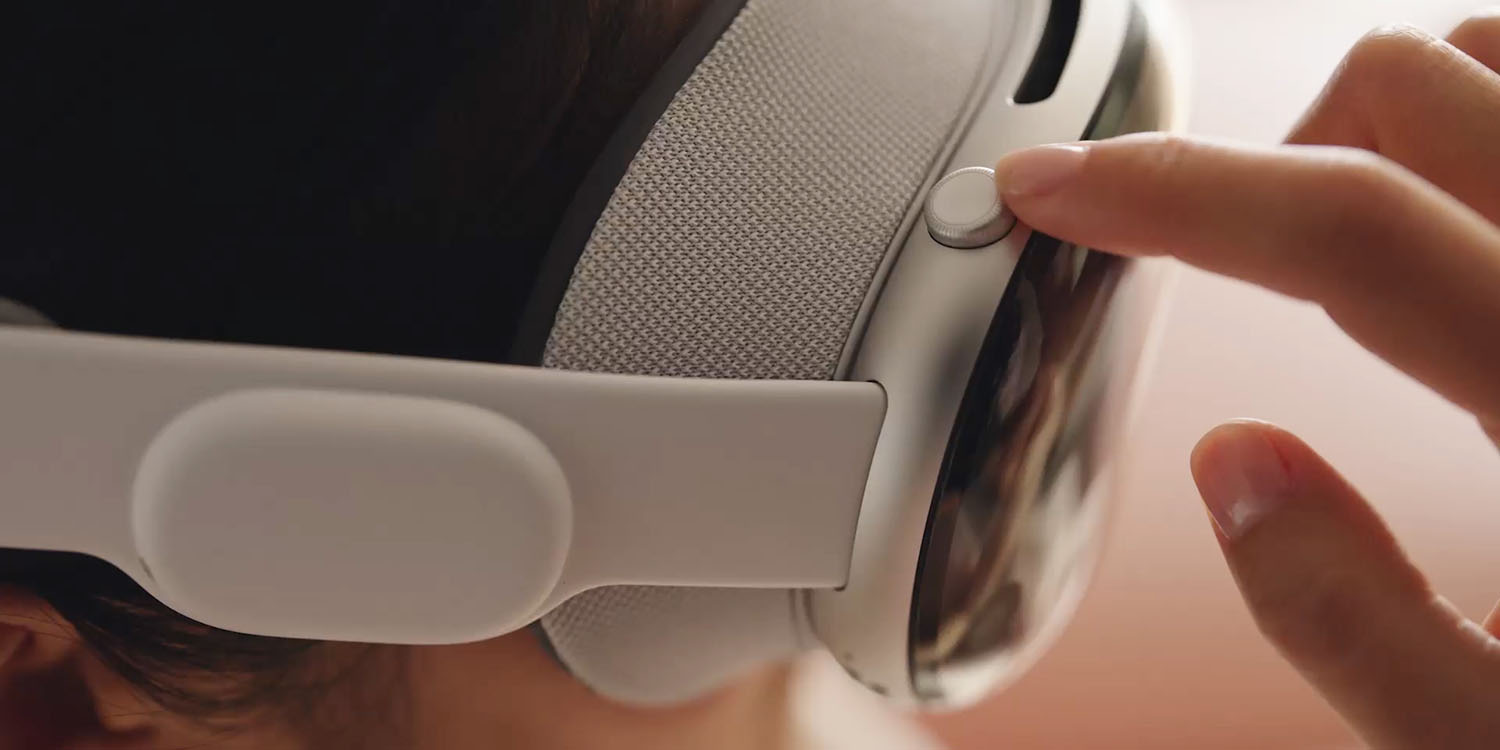
I know, the first model hasn’t even gone on sale, and we’re already talking about a future Vision Pro headset, but blame Apple, not us!
The company has just filed a patent application for a method of allowing a future model to automatically adjust its fit and display positions to suit different users, which would make it more practical to share between several people …
Vision Pro fitting
One of the drawbacks of the Vision Pro headset is that it has to be purchased for a specific user, as both headset band and light seal come in a range of sizes and shapes, to suit different head sizes and face shapes.
This is the one reason that buying one won’t be a casual walk-in process.
Vision Pro will only be purchasable by appointment. Apple retail workers will help ensure customers get a Vision Pro with an appropriately fitting headband and light seal. It will represent the most logistically complex rollout ever for an Apple product.
Similarly, Apple stores will need to keep a stock of the prescription lenses, manufactured by Carl Zeiss. Bloomberg says Apple retail locations may need hundreds or thousands of lenses in stock at any one time.
Patent for automated adjustment
That’s a problem a new Apple patent application seeks to solve. It describes a method by which the headset itself can automatically adjust its fit to a user, using a series of sensors and motors.
This would even include detecting the positions of your eyes, and adjust the positions of the displays to match the distance between your pupils.
Each display element can be adjusted to align with a corresponding eye of the user. For example, each display element can be moved along one or more axes until a center of each display element is aligned with a center of the corresponding eye. Accordingly, the distance between the display elements can be set based on an interpupillary distance of the user.
The wording is very dense, but the patent also suggests that motors could similarly adjust the shape of the light seal.
The light seal module can include a chassis that provides structural support to one or more other components of the light seal module. The chassis, or portions thereof, can extend to, from, and/or between the inner side and the outer side, as well as the upper side and the lower side […]
The coupling module can facilitate coupling of the HMD module to the light seal module in a relative position and orientation that aligns the display elements of the HMD module in a preferred position and orientation for viewing by the user.
This would, suggests the patent, be achieved by tiny electromagnets.
The magnets of the coupling module can be magnetically coupled to corresponding magnets of the HMD module and/or magnets of the light seal module […]
Soft magnetic materials include materials that are responsive to magnetic fields, but do not retain their magnetism after removal of an applied magnetic field.
The system could also eliminate one of the pain points of current AR/VR headsets – the need to manually tighten them to get just the right balance of secure placement and comfort (you have to loosen them to put them on and take them off). If the headset could remember your setting and automatically adjust itself each time you put it on, that would be very slick!
Via Patently Apple
FTC: We use income earning auto affiliate links. More.





Comments